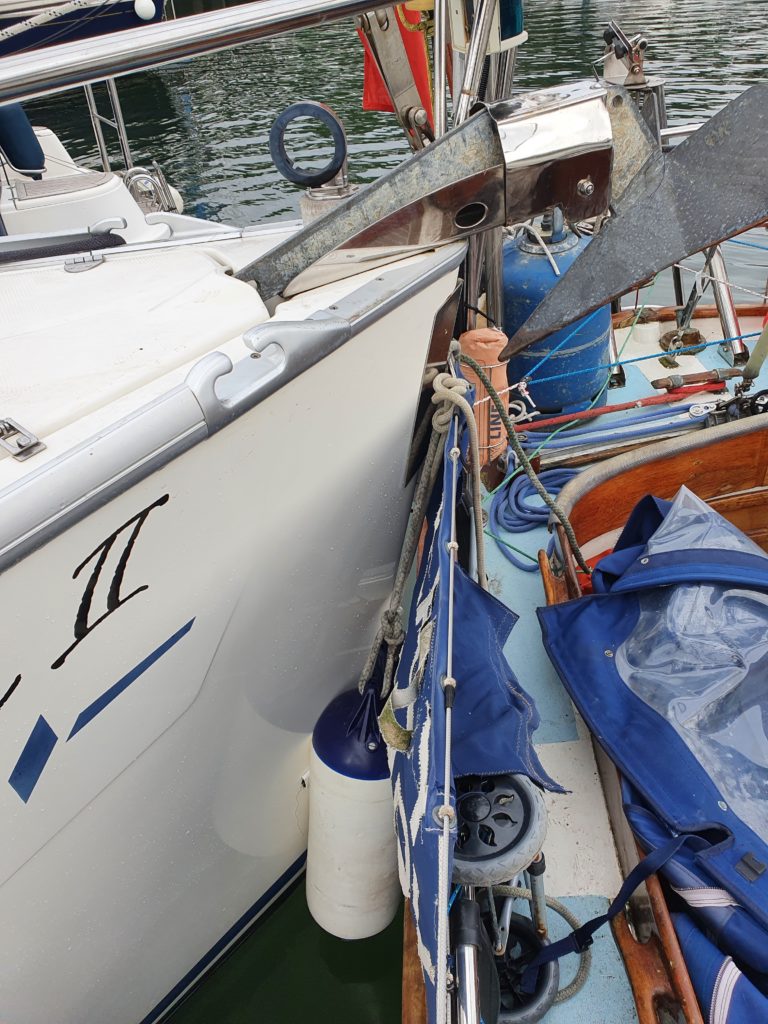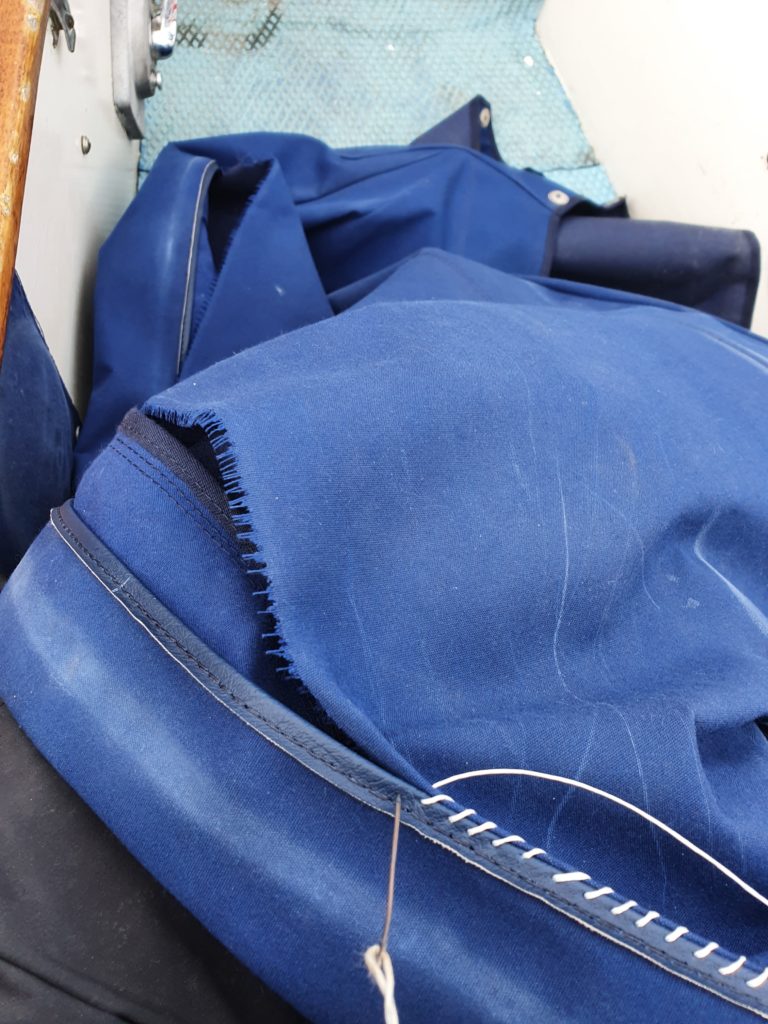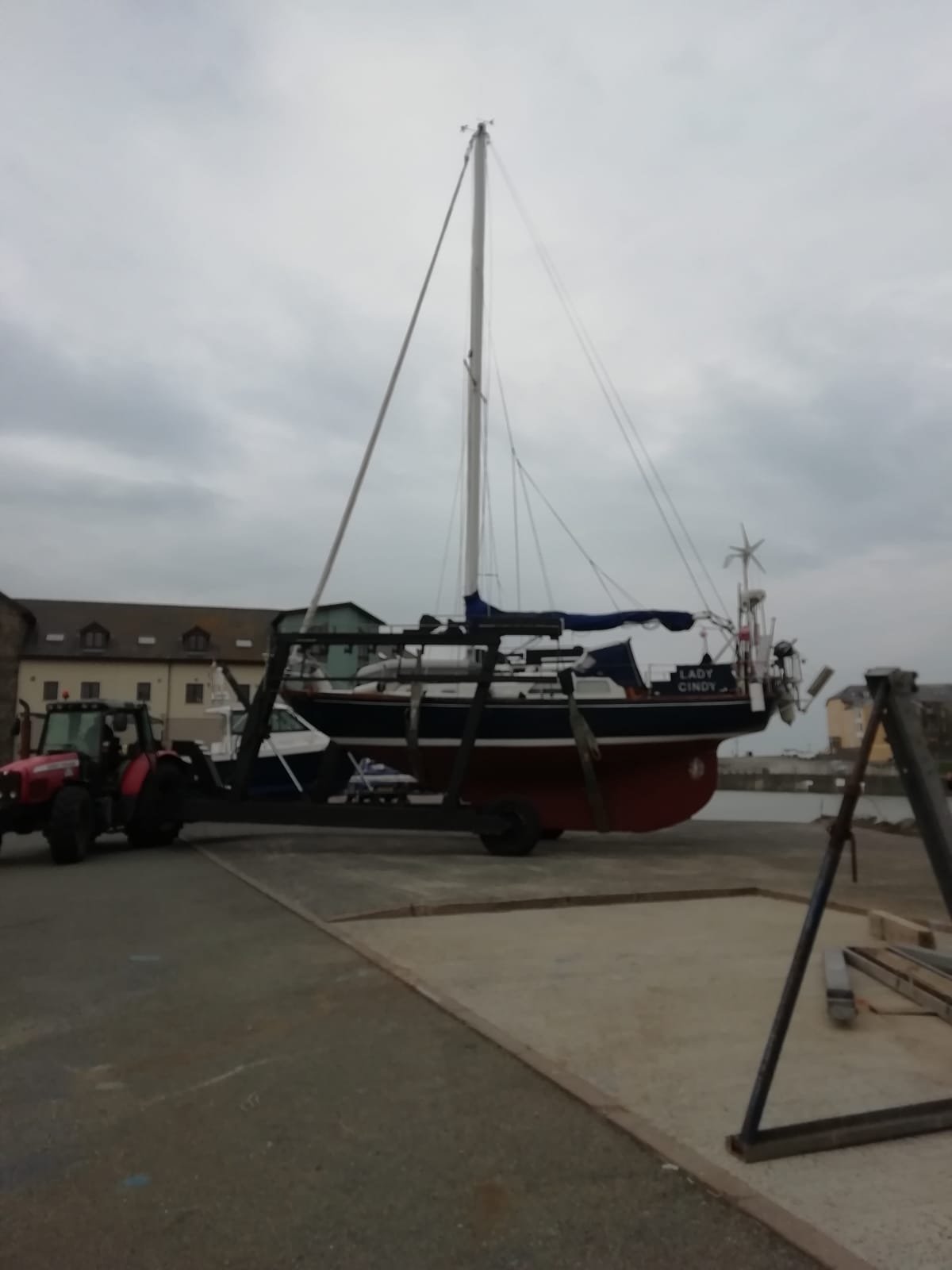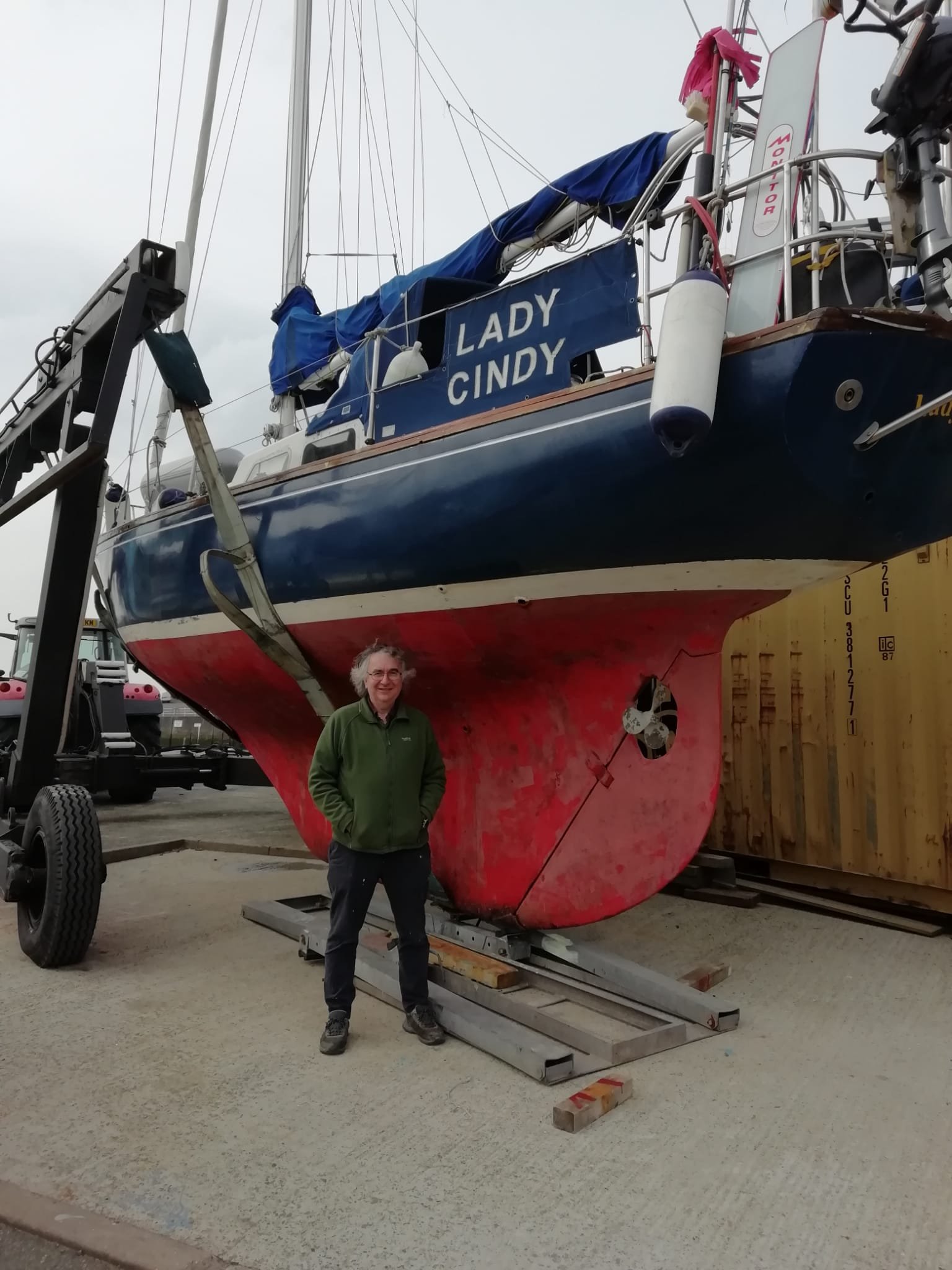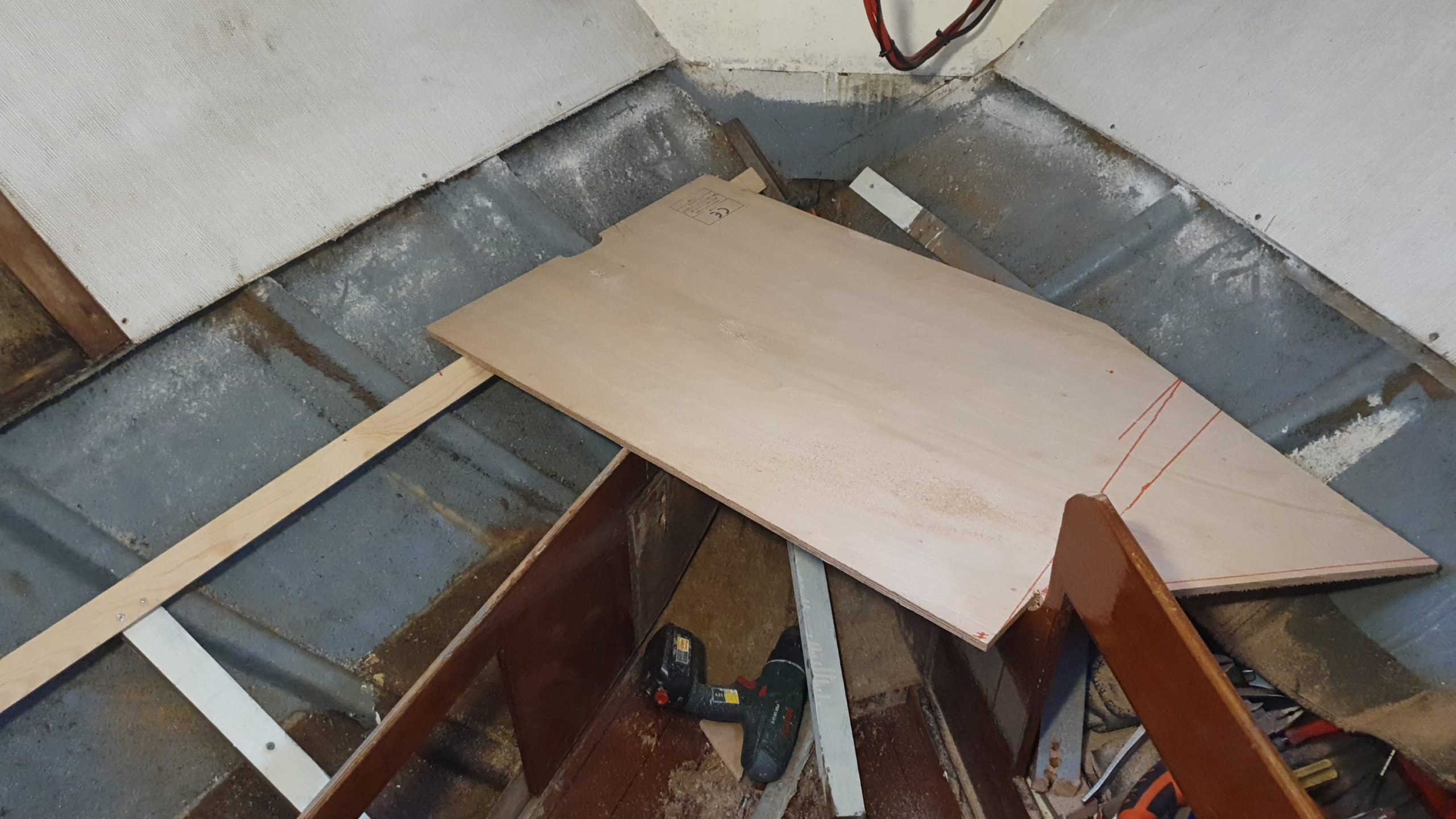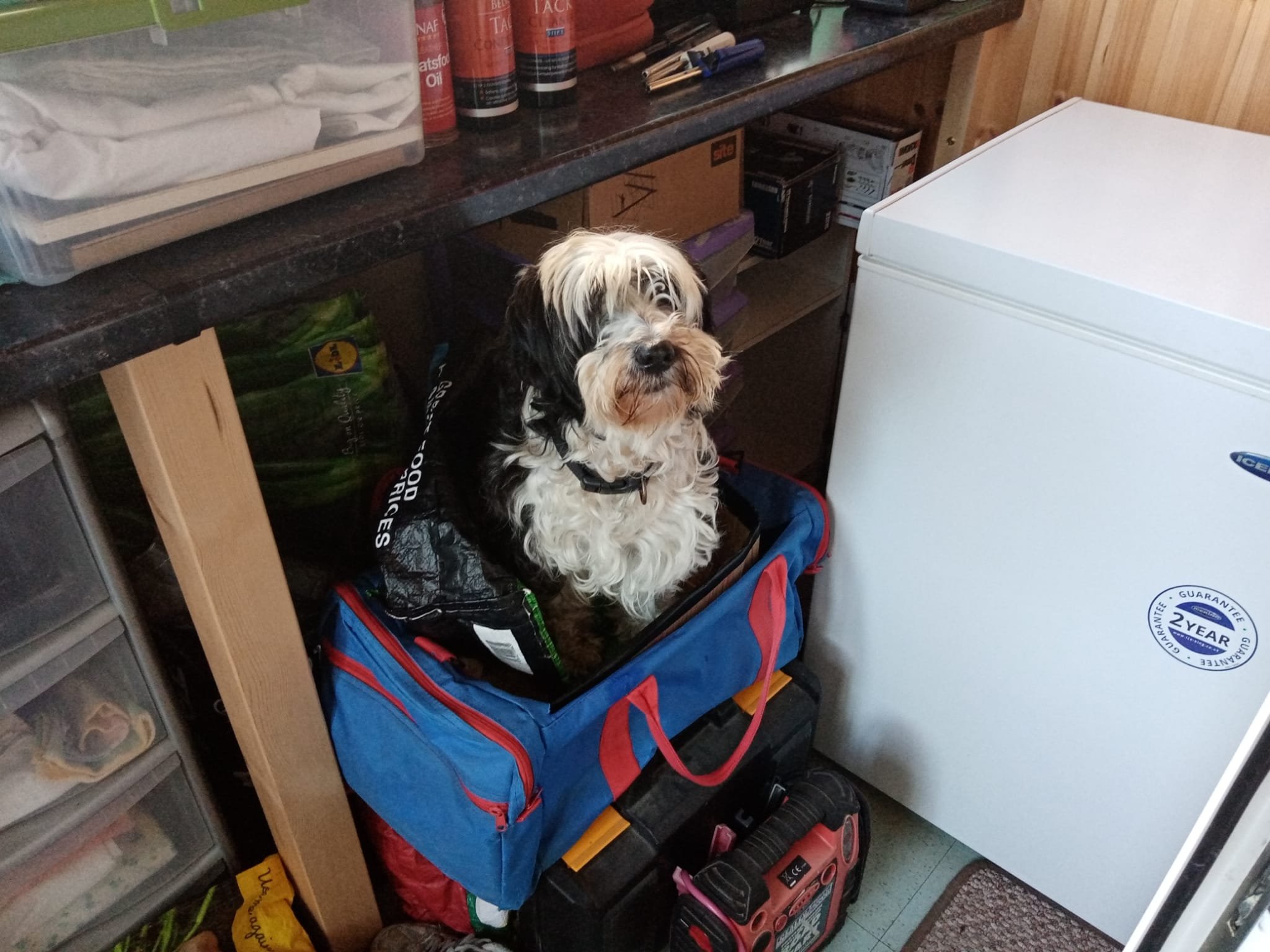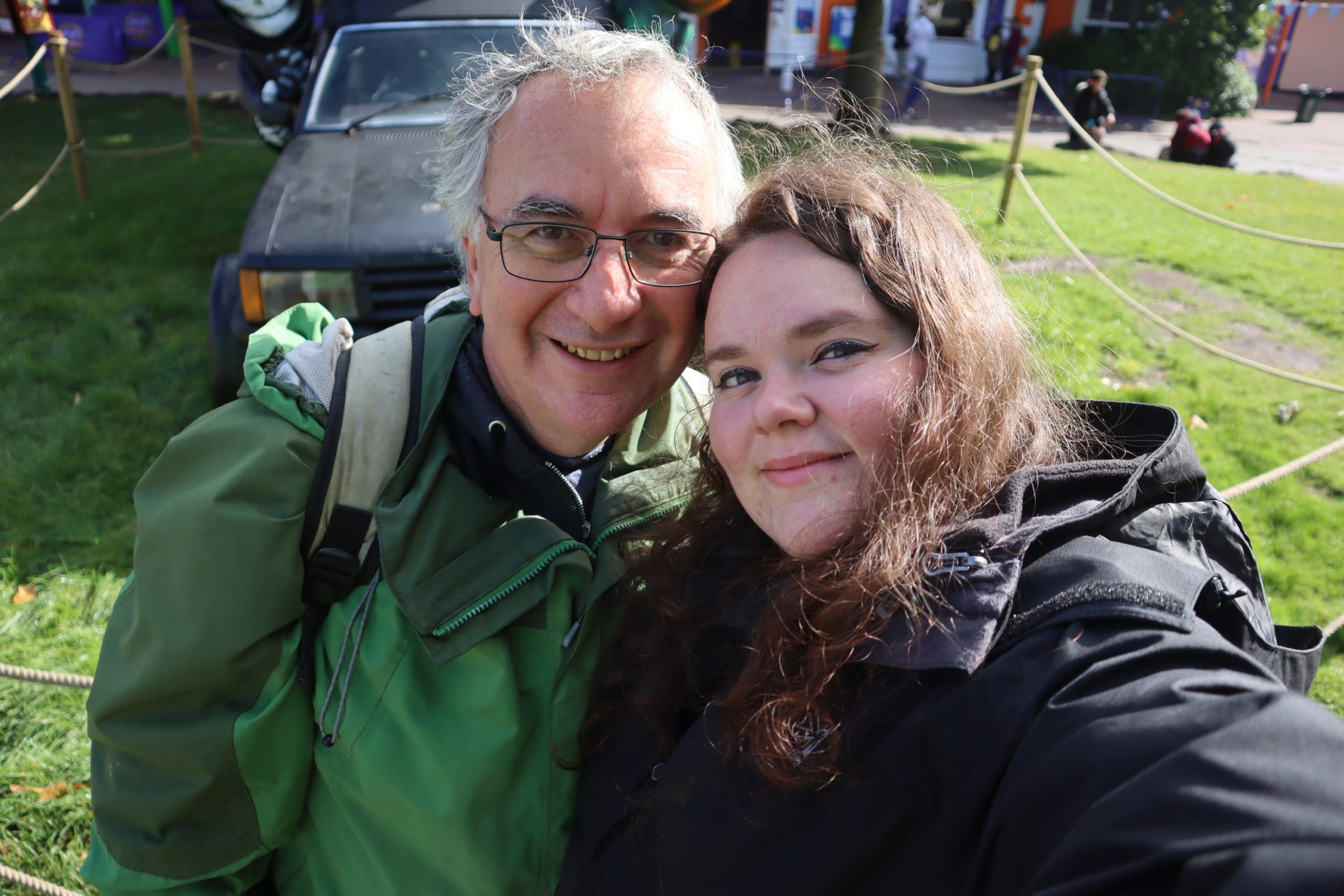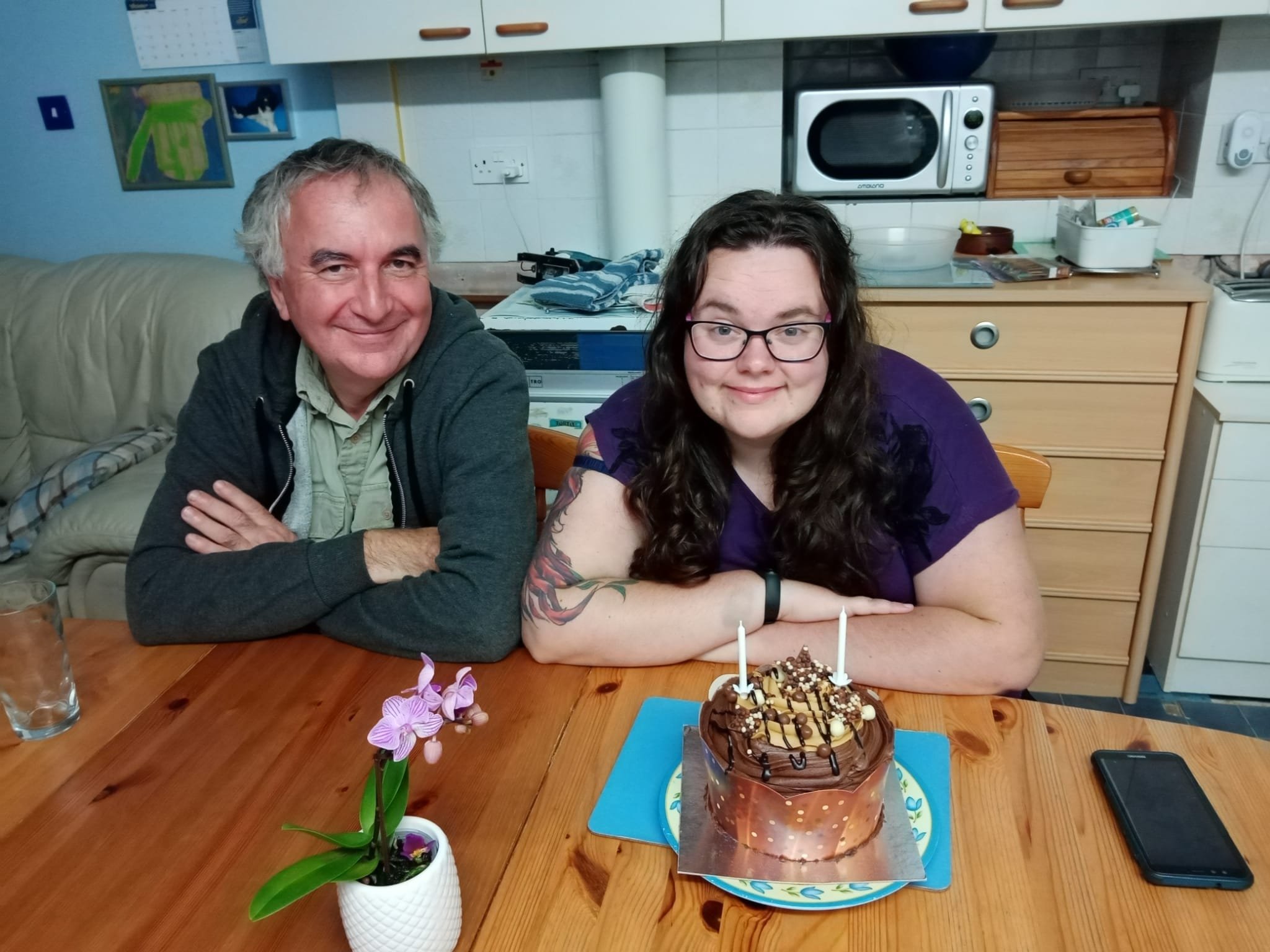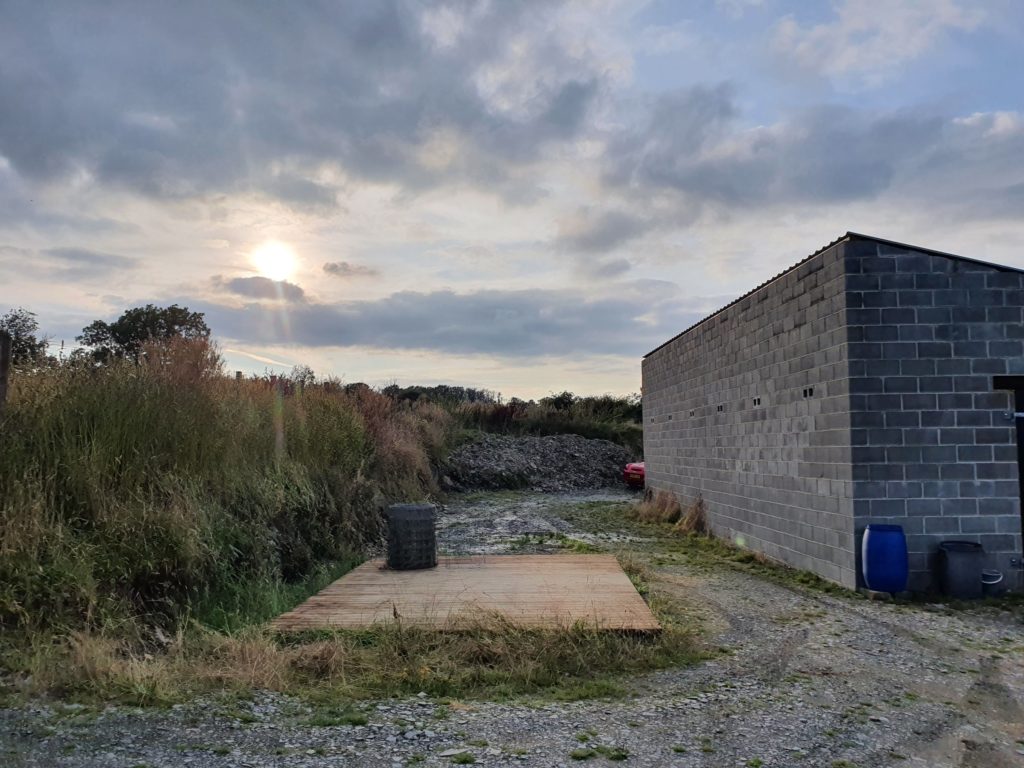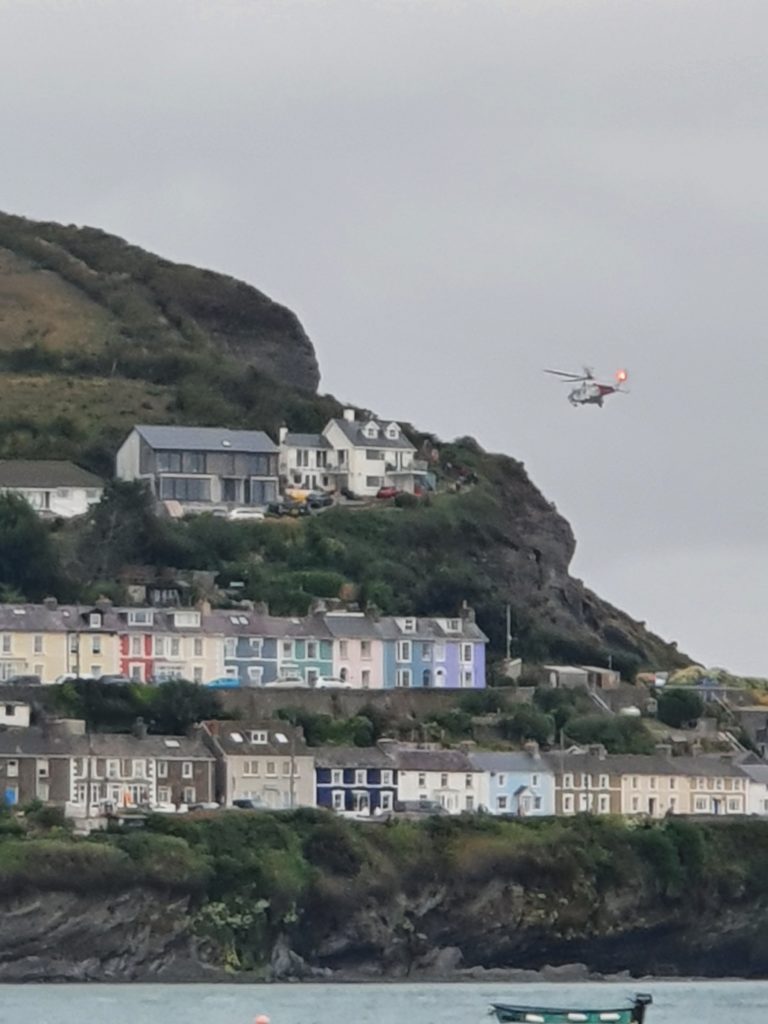In this blog entry.. crashing the boat, crossing the English Channel, playing dodgem with big ships, storms, checking into France after Brexit and more changes in plans (why do I bother planning?).
Let’s start with the embarrassing 😳 bit, hopefully you will have forgotten all about this by the time you reach the end of this blog.
I set off from my mooring at Deacons Marina in the Hamble at 9am. The marina is on a tidal river with a fast flow, I headed to the Channel. As soon as the bow got into the river flow, it swung the front to starboard (right), toward other moored boats, then the stern swung against another boat, its anchor went through my cockpit canopy canvas. I was pinned there by the current and had to wait till the current lessened to move again.
Fortunately no other boat was damaged, only mine. I eventually got clear and under way around 11am. I spent the first half of the Channel crossing sewing up the canvas.
Have you stopped laughing yet?… OK I will carry on 😳.
The Channel crossing went very well, it was a night crossing and the only scary moment was crossing the busy shipping lanes outside Cherbourg. There are two one for eastbound ships, one for westbound, they are separated by a 5 mile gap. First I had to cross the Westbound lane, that was straightforward, not so scary I thought… then I picked up the AIS signals from the Eastbound lane. Think of crossing the M4 on a bank holiday and you will understand. These were big tankers, container ships, ferries, cruise ships etc. Fortunately I also have AIS and one ship changed course so I could thread the needle at an angle…

After Cherbourg I rounded a Cape where the winds and waves started to pick up. At first I just thought it local winds and tides, usual around headlands. But then both French and UK coastguards issued new storm warnings on the radio. Things were getting worse, the forecast had obviously changed so, change of plan again, I decided to head to nearby Guernsey in the Channel Islands. There I could find a sheltered anchorage and have a good look at the new forecasts.
The new forecast was not good news. A big depression was due south of Ireland and will spread its tentacles around Biscay, worse it was set to last until the end of the week and another was hot on its heels brewing in the Atlantic.
I needed to enter the EU by a Port of Entry. Crossing Biscay to Spain was out but I had two options in France. Brest was best but it will be effected by the storm, Cherbourg was the safe option, although it meant going backwards. I am now in Cherbourg marina with my passport stamped as is Dotty’s health certificate. We are good to stay in the Schengen zone (EU) for 3 months.
I plan to stay here at anchor in the harbour waiting for the storms to clear from Biscay. If I get the chance I may run to Brest to wait. I am in no rush.
Oh yes, nearly forgot. This is a big squall that passed through the marina earlier. The video shows the start, in the middle of it a massive gust knocked the boat against the pontoon.
